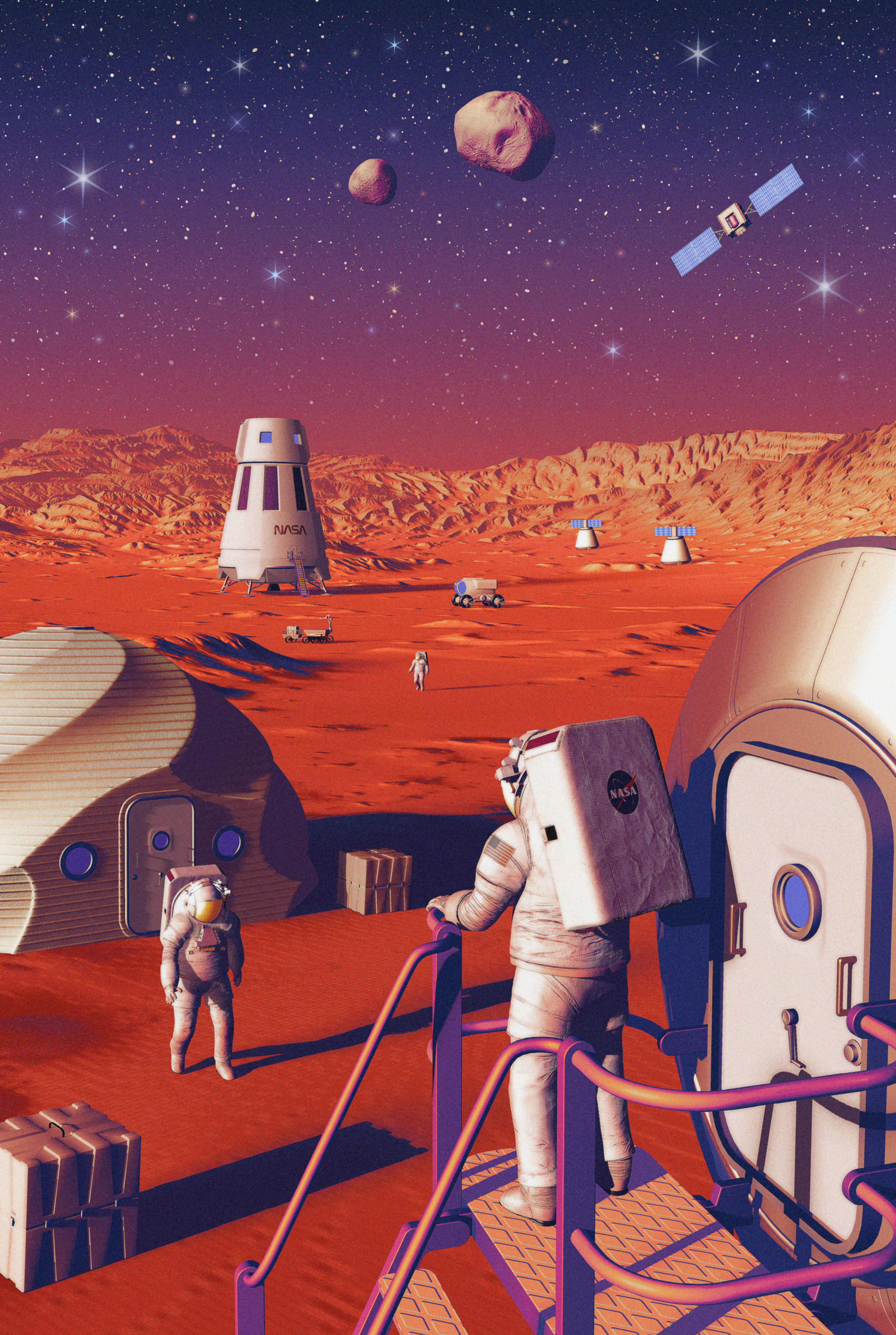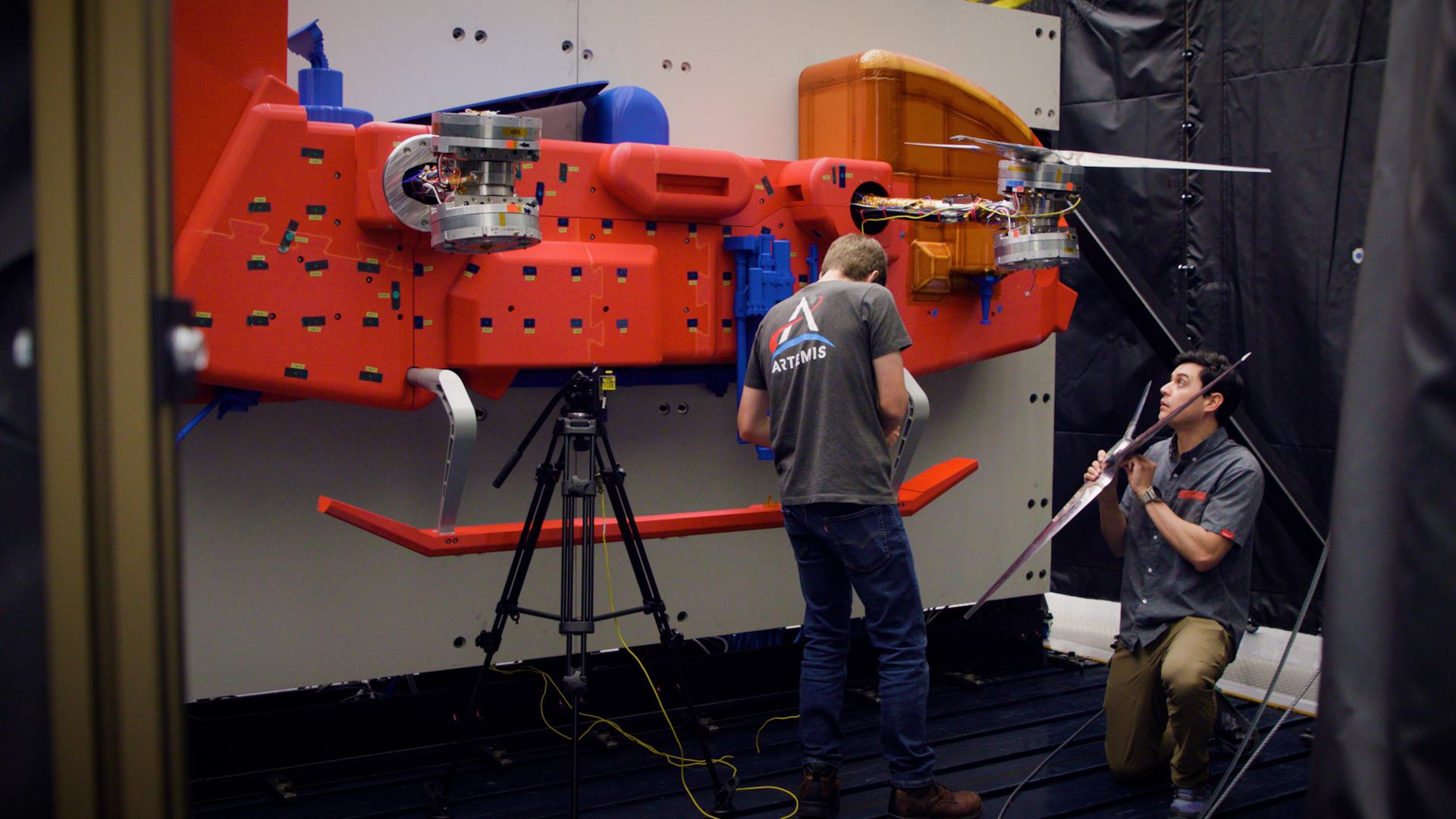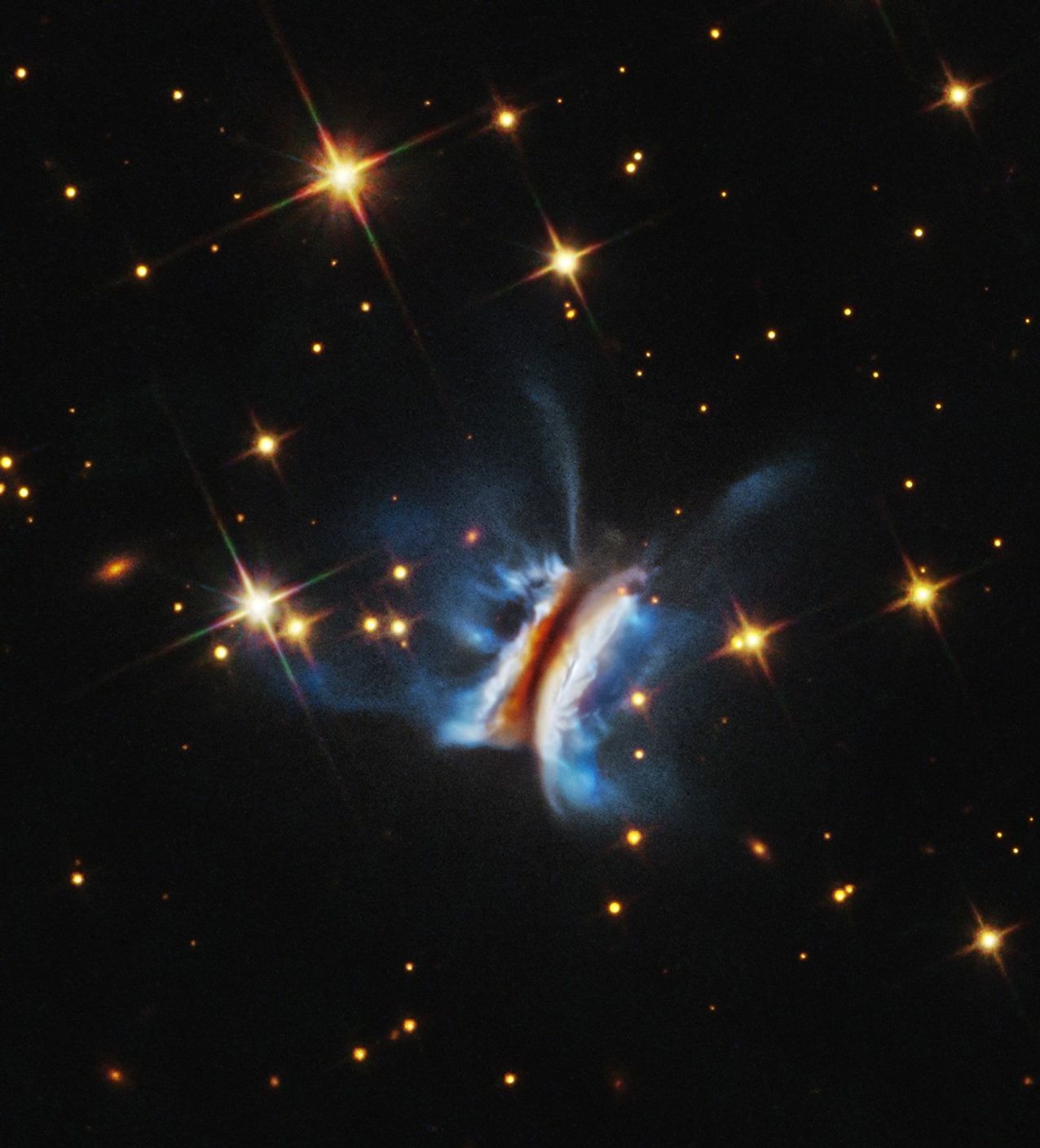“413 million miles” sounds like a looong way. Something you can see in March might change your mind.
On March 8th, 2016 Earth and Jupiter will have a close encounter—at only 413 million miles apart. Jupiter rises in the east at sunset shining three times brighter than Sirius, the brightest star in the sky. The giant planet will be “up all night,” soaring almost overhead at midnight and not setting until the sky brightens with the twilight hues of sunrise on March 9th.
Earth-Jupiter close encounters happen every 13 months when the Earth’s orbit laps Jupiter’s orbit in their race around the sun. Astronomers call these events “oppositions of Jupiter” because Jupiter and the Sun are on opposite sides of the sky.
The view through a backyard telescope is excellent. Because Jupiter is so close, the planet's disk can be seen in rare detail--and there is a lot to see. The Great Red Spot, located in the southern hemisphere of Jupiter, is a cyclone wider than Earth and has existed for hundreds of years. It is easily recognizable among the planet’s alternating cloud belts. The four Galilean moons of Jupiter are easy targets, too. These are planet-sized worlds with active volcanoes (Io), underground oceans (Europa), vast fields of craters (Callisto), and mysterious global grooves (Ganymede).
At 413 million miles, Jupiter will look marvelously close.
A NASA spacecraft named Juno is about to take an even closer look.
Launched in August 2011, Juno will reach the giant planet on the 4th of July, 2016, and enter into a polar elliptical orbit that takes it as little as 3100 miles from Jupiter’s cloudtops at its closest point in its orbit.
This proximity will allow researchers to probe Jupiter’s interior, long hidden from view.
Juno’s principal investigator, Scott Bolton of the Southwest Research Institute in San Antonio, TX, says, "Our knowledge of Jupiter is truly skin deep. Even NASA’s Galileo probe, which dived into the clouds in 1995, penetrated no more than about 0.2% of Jupiter's radius."
Juno will lift the veil without actually diving through the clouds. Bolton explains: "Juno will spend more than an Earth year orbiting nearer to Jupiter than any previous spacecraft. The probe's flight path will cover all latitudes and longitudes, allowing us to fully map Jupiter's gravitational and magnetic field and thus figure out how the planet is layered inside."
Researchers expect Juno to find something exotic deep inside the giant planet.
Jupiter is made primarily of hydrogen, but only the outer layers may be in gaseous form. Deep inside, high temperatures and crushing pressures likely transform the gas into an exotic form of matter known as liquid metallic hydrogen--a liquid form of hydrogen akin to the slippery mercury in an old-fashioned thermometer. Jupiter's powerful magnetic field almost certainly springs from dynamo action inside this vast realm of electrically conducting fluid.
Other instruments onboard Juno will look for water in Jupiter’s atmosphere and measure the temperature structure of its clouds, possibly solving mysteries related to Jupiter’s formation and extreme climate.
Last but not least is JunoCam, a color camera modeled after the descent camera for the Mars rover Curiosity. The overwhelming majority of JunoCam’s targets will be chosen by the public, with the data being processed by them as well.
Bolton says, "We want to give people an opportunity to participate with NASA. This is citizen science at its best."
Swooping low over Jupiter’s clouds, JunoCam will be able to photograph massive storms, powerful auroras and, of course, the unknown at point-blank range.
Until then, mark your calendar for March 8th and 9th—see Jupiter from your own backyard. Then start making a wish list for JunoCam. After all, it is your camera.
For more about the Juno mission, go to www.nasa.gov/juno
For news about the mysteries of Jupiter, our solar system, and more visit science.nasa.gov.

































